At the start of September 2021, GeoWorld Travel returned to Iceland after a break in 2020, due to the global pandemic. Iceland is one of the world’s most spectacular geological destinations, with volcanoes, rifting crust, glaciers and waterfalls. It was good to be back and Iceland didn’t disappoint!

Arrival
Due to the requirements and regulations at the time of the trip confirmation, we arrived in Iceland earlier than normal. Guests arrived from the US and the UK, all successfully negotiating the forms and test results required.
Day one
As a deviation from our usual itinerary, we made the most of our first full day in Iceland with a visit to Fagradalsfjall volcano. And what an epic first day it was! We took a private tour with an excellent guide, Marco, from 2goiceland, who was able to use his knowledge to guide us straight to the fresh lava flows. This is all part of the ongoing eruption which started in March 2021 and we were lucky to get so close to the awe-inspiring lava flows, as in the nine days following our visit, the volcano ‘slept’, with no eruptions at all.




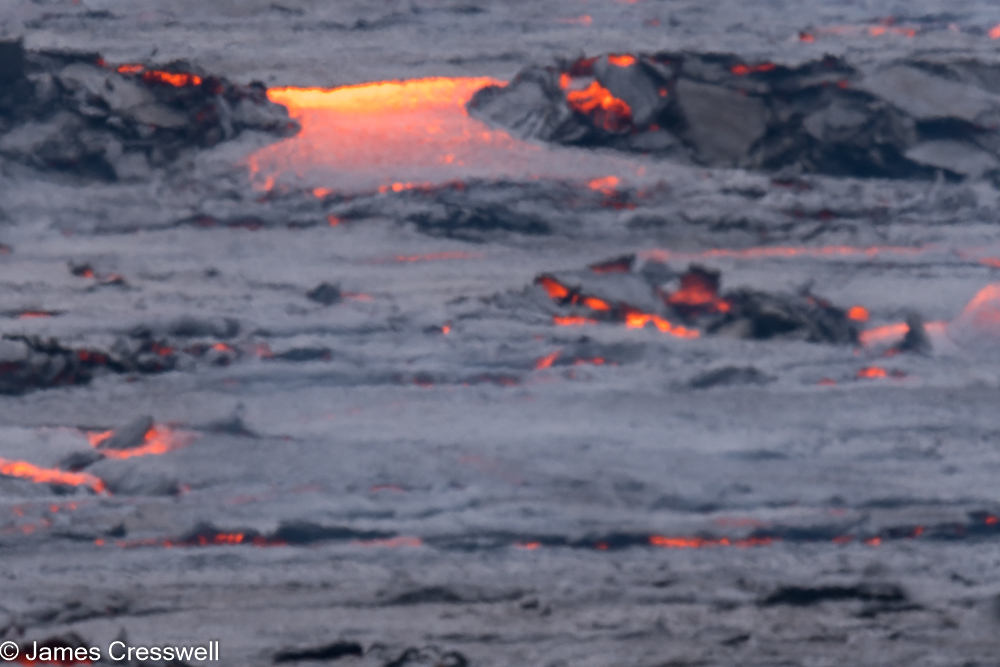





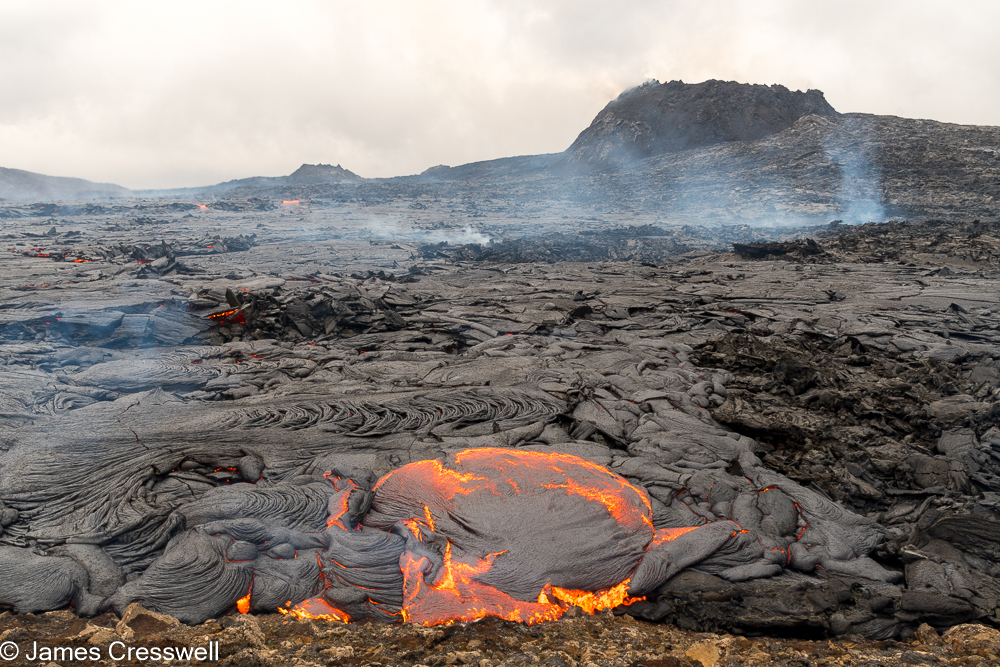






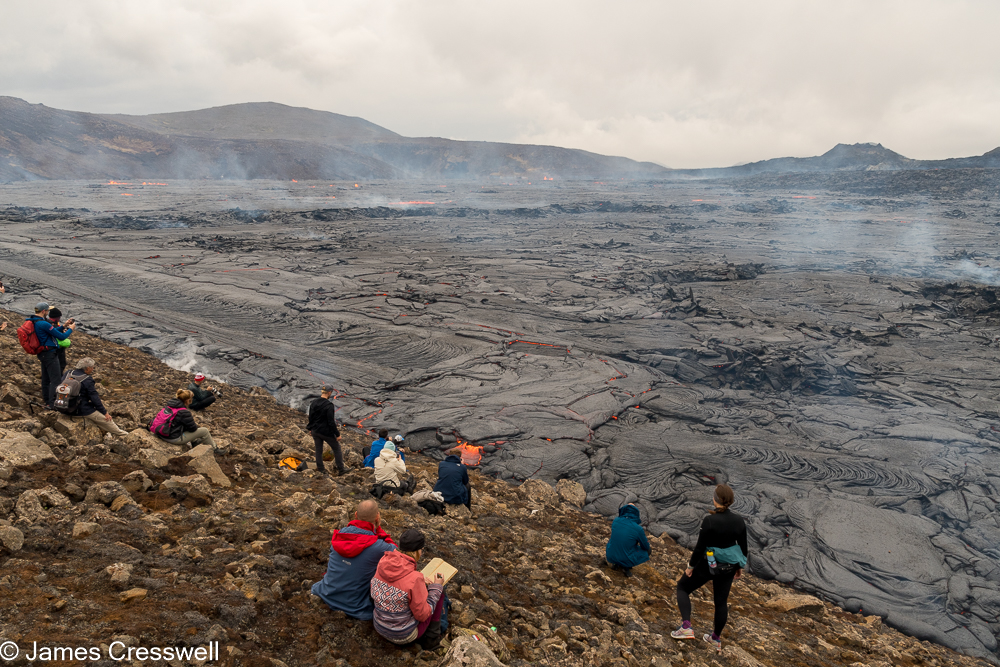
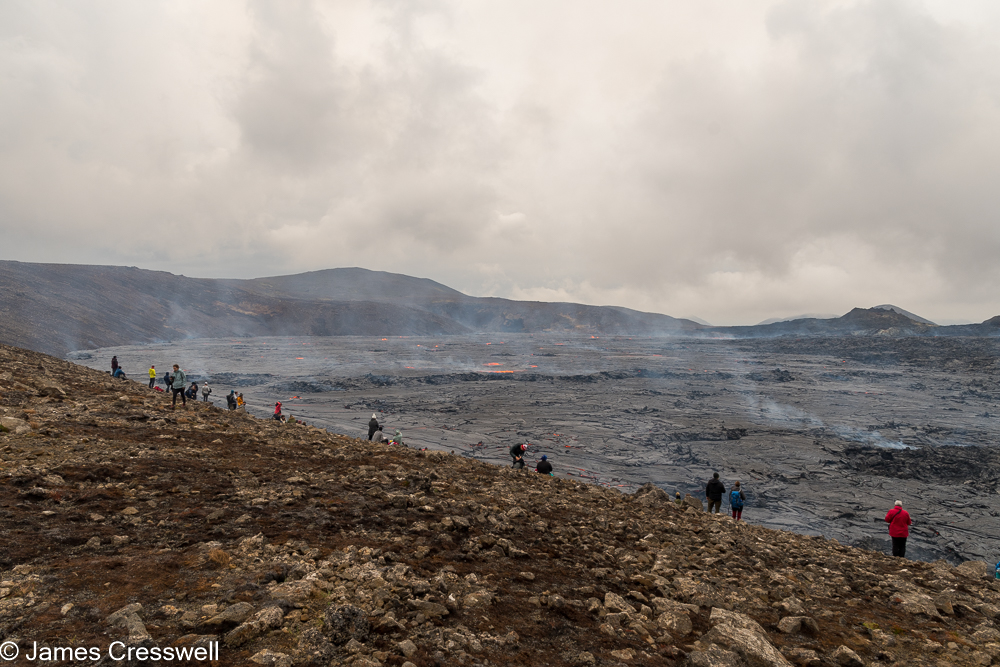
Day two
Today was the first day of our ‘normal’ Iceland geology tour itinerary; yesterday’s trip to the erupting Fagradalsfjall volcano was a ‘bonus’ day! We visited sites in the Reykjanes Global Geopark, where we saw the Mid-Atlantic Ridge rising out of the ocean, and the Thingvellir World Heritage Site, where we saw the crust being pulled apart due to the plate boundary. We also visited the hot spring at Geysir, from which the word ‘geyser’ is derived, and the Gullfoss waterfall.












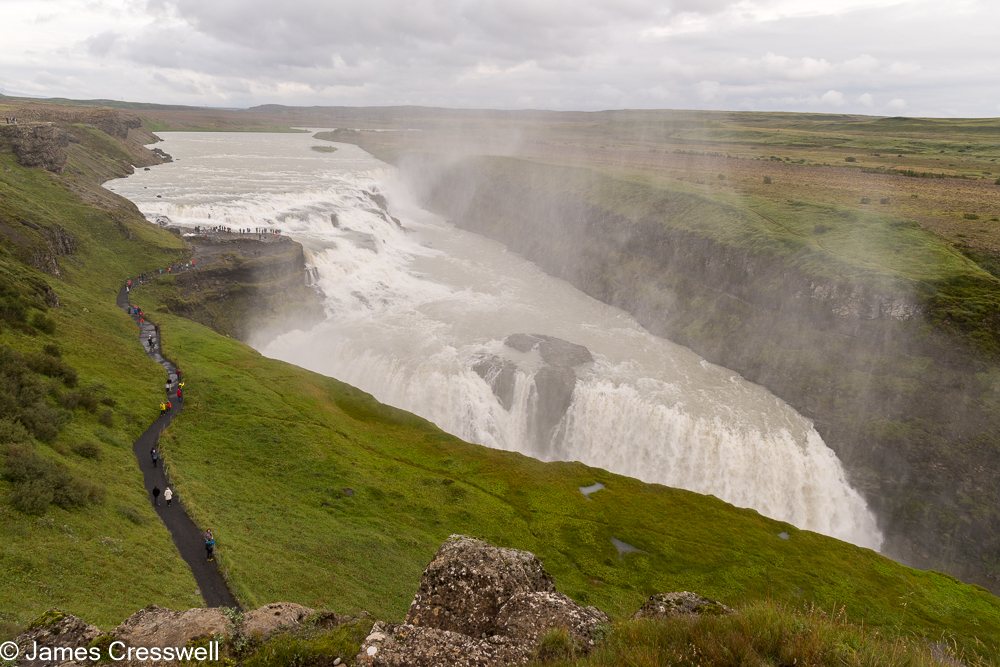
Day three
Today we headed to Heimaey in the Westmann Islands (Vestmannaeyjar). The first photo shows Peter on the summit of Eldfell Volcano which formed in the famous 1973 eruption that destroyed 417 houses in Heimaey and increased the island’ size by 20%. Before crossing to the island we visited Seljalandsfoss waterfall which flows off the side of Eyjafjallajökull volcano in the Katla geopark. This is the same volcano that caused enormous air travel disruption in 2010. On the island, we visited the southern tip for views of Surtsey World Heritage Site; Surtsey appeared as a brand new volcanic island between 1963 and 1967, and lends it name to the Surtesian eruption. We also visited the Eldheimar museum to learn all about the eruption and buried houses.





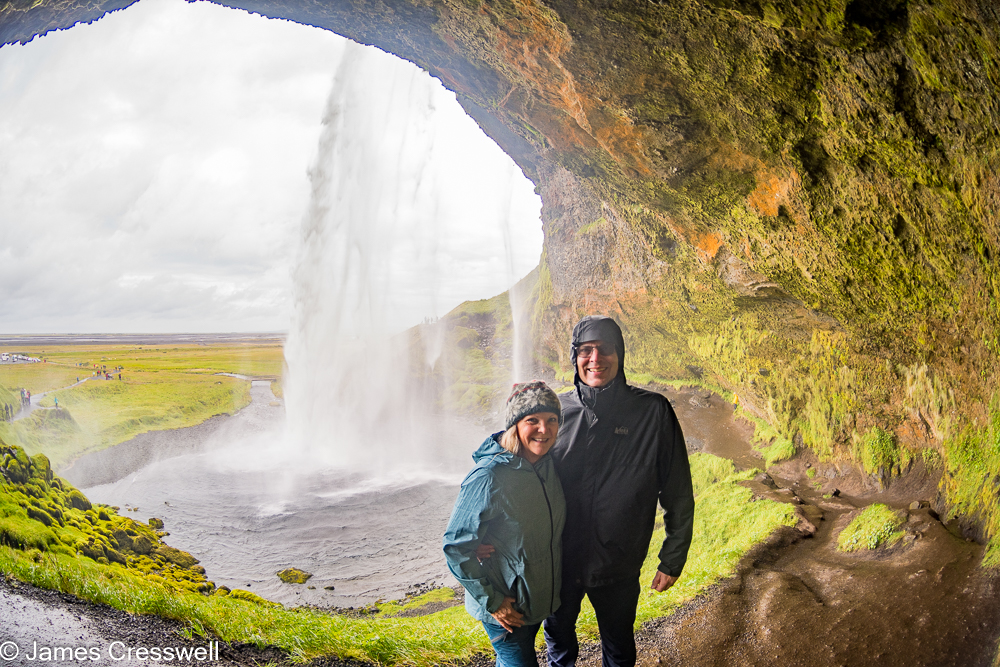
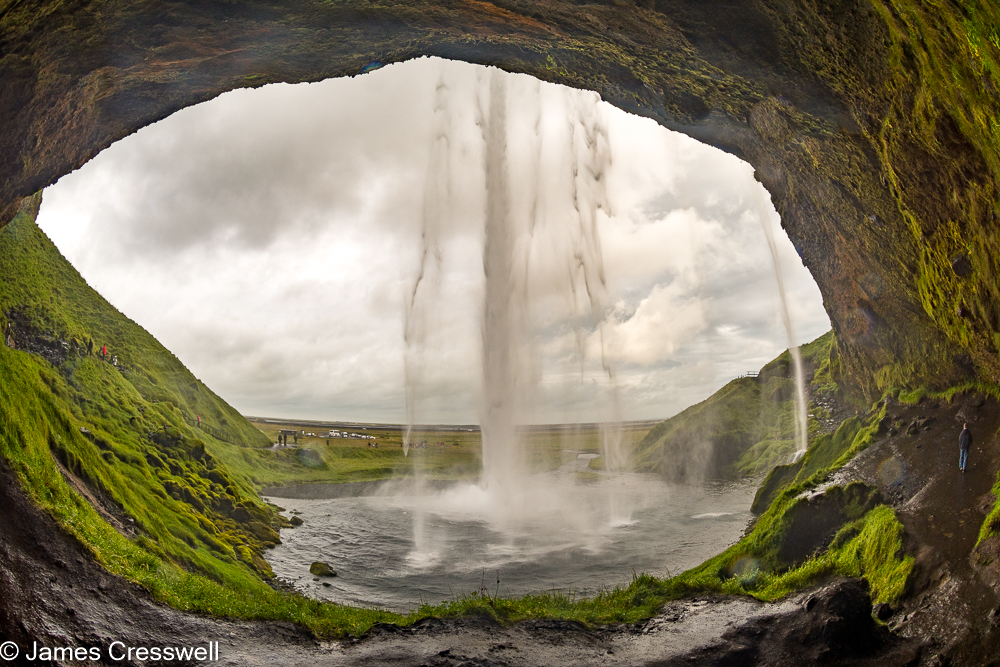
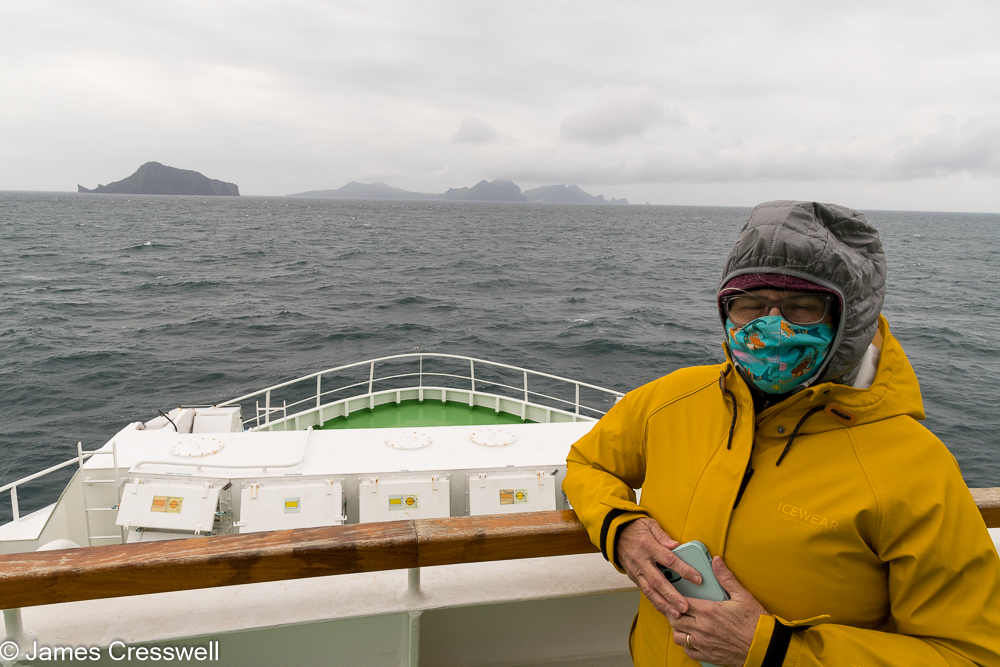



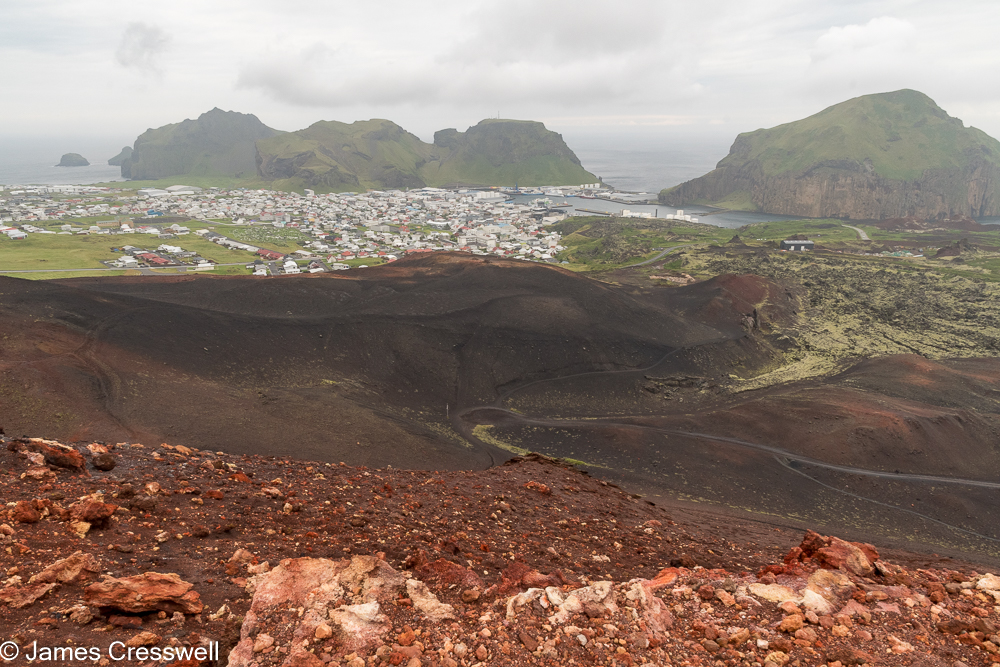
Day four
Today we journeyed along the south coast of Iceland seeing several glaciers and lots more geology. A highlight of the day was the ice on Diamond Beach near Jökulsárlón glacial lagoon. Other stops included Pétursey Mountain (Peters Island) – a volcano now joined to the mainland that was previously an island, Reynisfjara Beach – where we saw columnar cooling structures in sills and feeder dykes, Iceland’s highest cliff Mt Lómagnúpur, Svartifoss waterfall at Skaftafell in the Vatnajökull National Park & World Heritage Site, and several glaciers draining from Öræfajökull volcano which is Iceland’s tallest mountain. On the flanks of Öræfajökull we also saw rhyolite and obsidian.







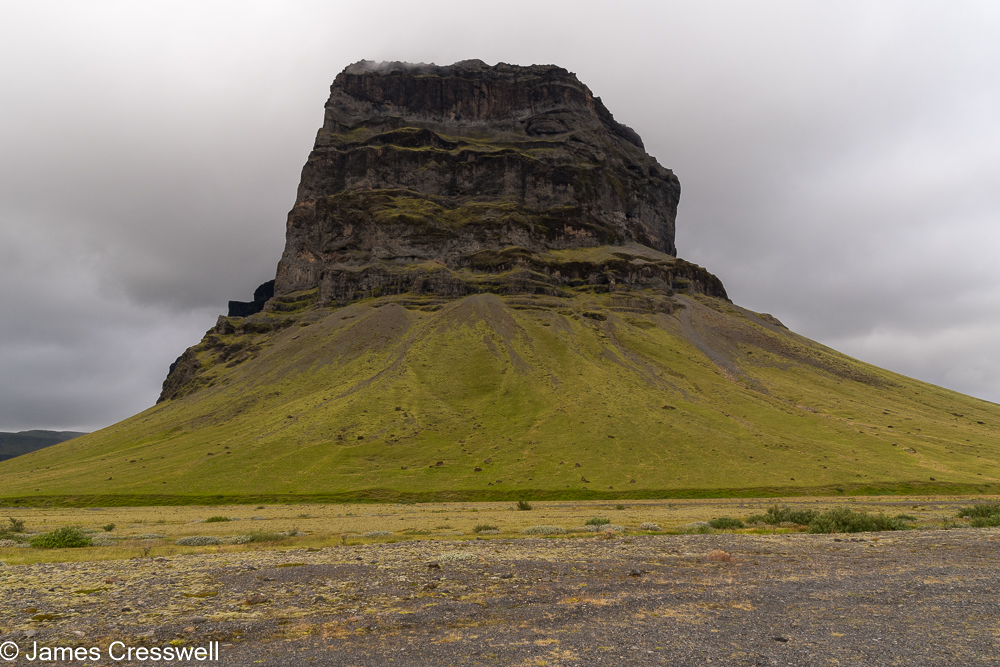
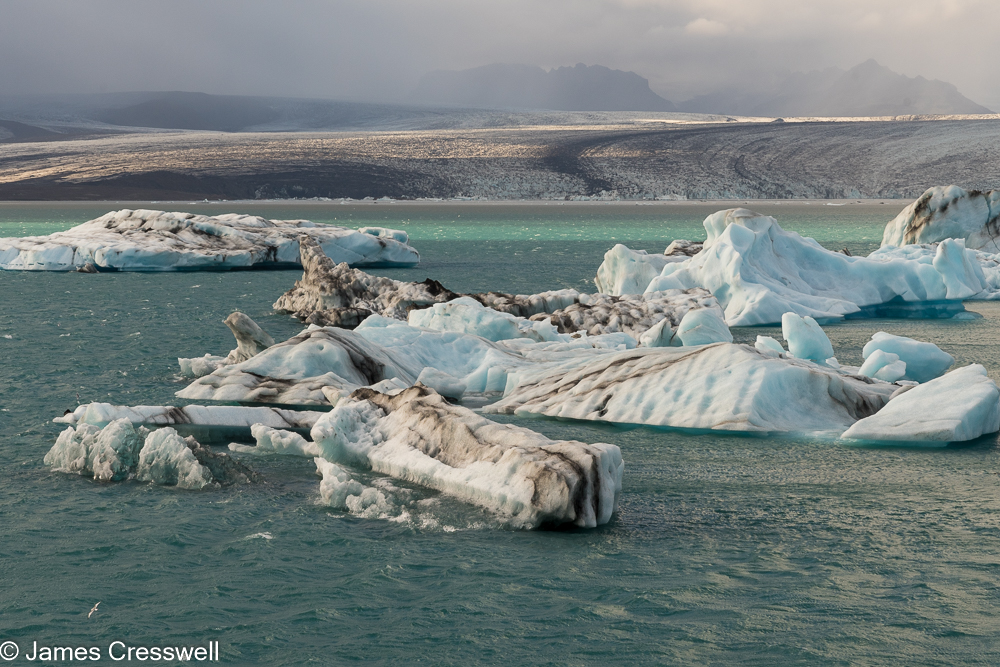



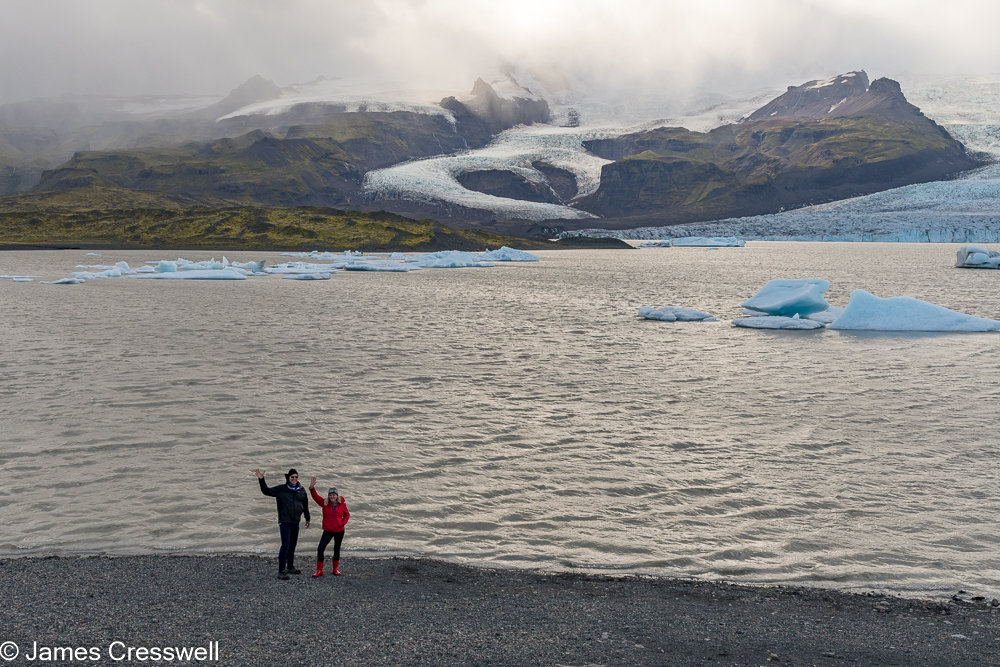
Day five
Today we journeyed up the east coast of Iceland from Höfn to Mývatn in the north. A highlight was seeing an eroded granophyre magma chamber busting through basalt layers at Hvalnes. Also at Hvalnes we saw a gabbro boulder, a rock type that also formed in a magma chamber. Later, we saw a beautiful waterfall, Folaldafoss, which was flowing over a dyke that was cutting through older lava flows. We then saw a moberg ridge from the Askja volcanic system that had erupted under ice in the last Ice Age. We then reached Dettifoss, the mightiest waterfall in Europe, and the Jökulsá á Fjöllum Gorge which formed in three immense flooding events caused by eruptions under the Vatnajökull ice cap. Finally we reached Mývatn and swam in the Nature Baths.

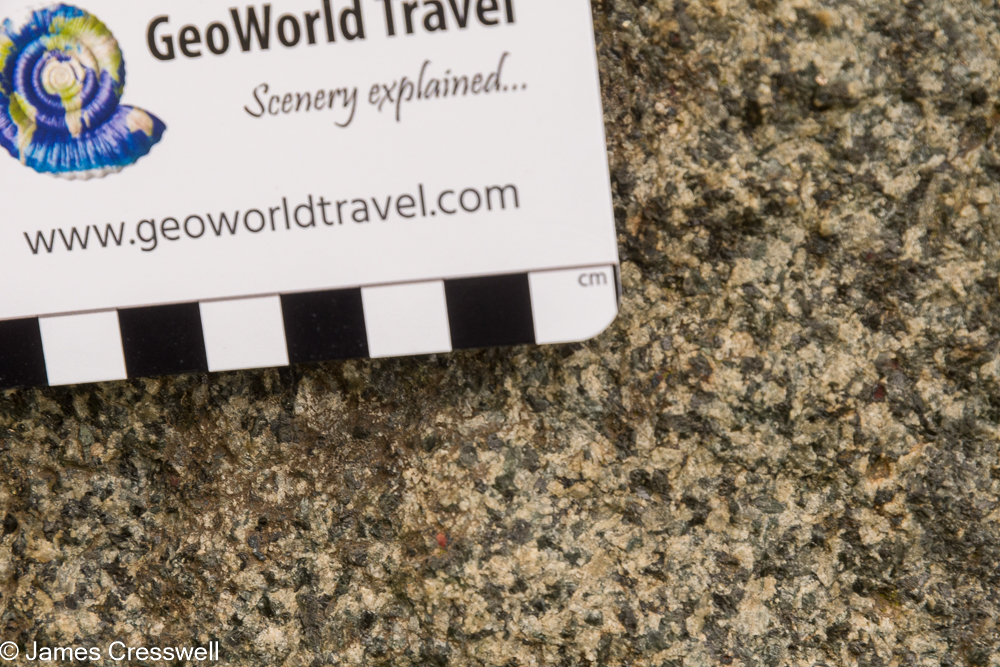

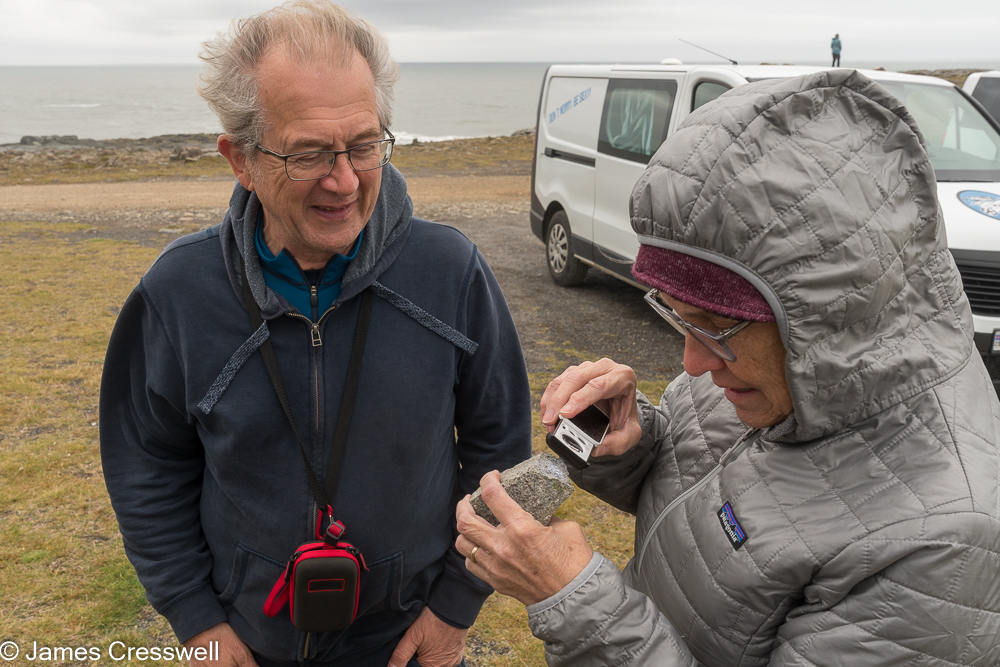
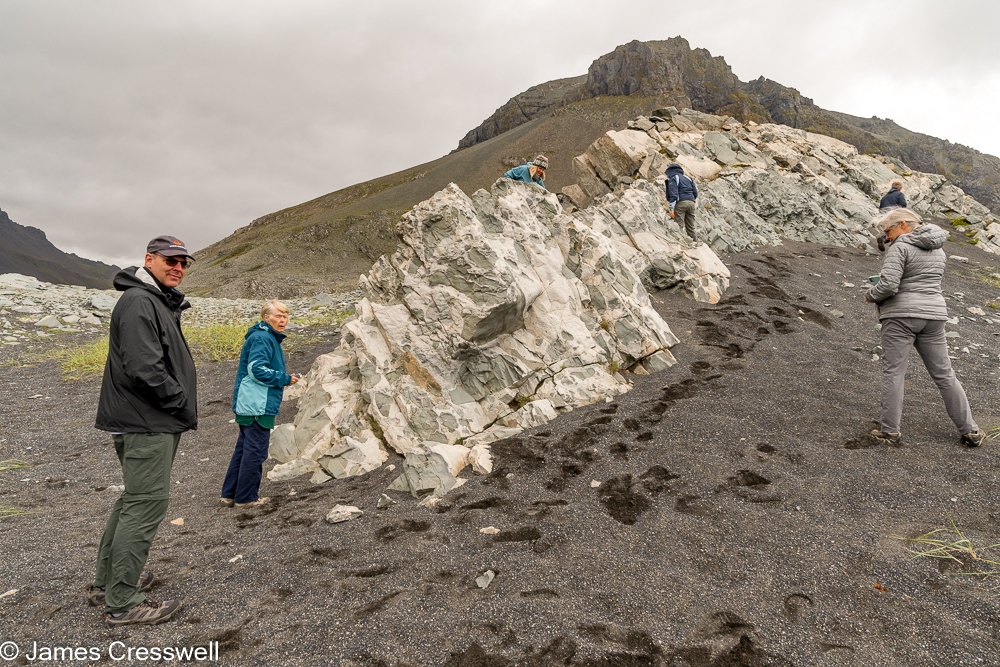


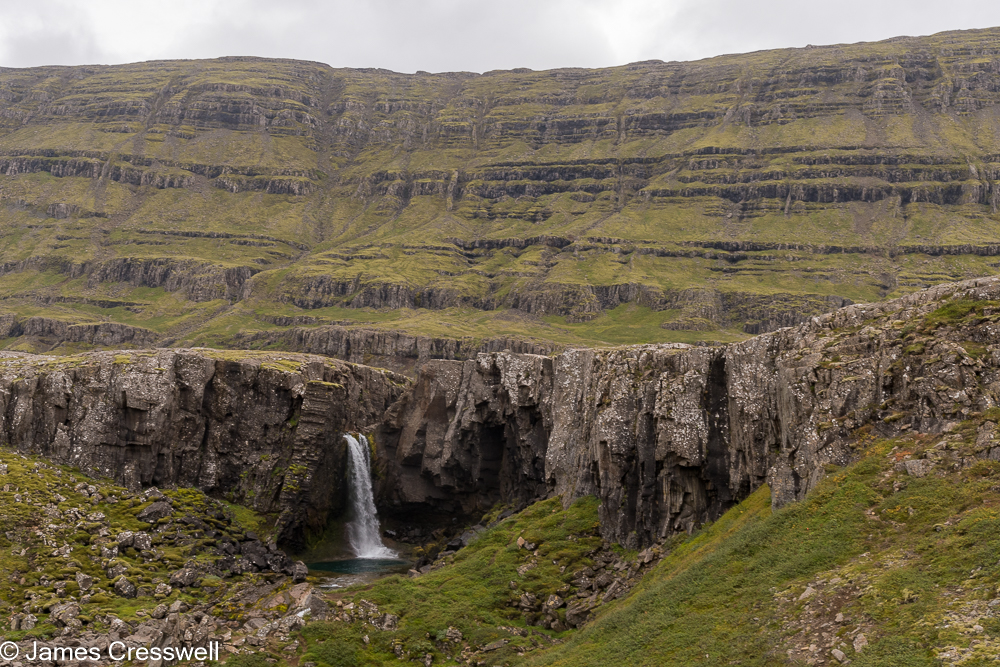





Day six
Today we journeyed deep into the Icelandic Highlands to reach Askja Volcano. We travelled on the Mývatn Tours 4×4 bus, specifically designed for the crossing the rugged Icelandic highlands and fording its glacial melt rivers. It is a long trip, but most definitely worth it! Askja is a complex of three nested calderas within the surrounding Dyngjufjöll mountains. The most recent caldera to form, Öskjuvatn, formed in a Plinian eruption that occurred in 1875.

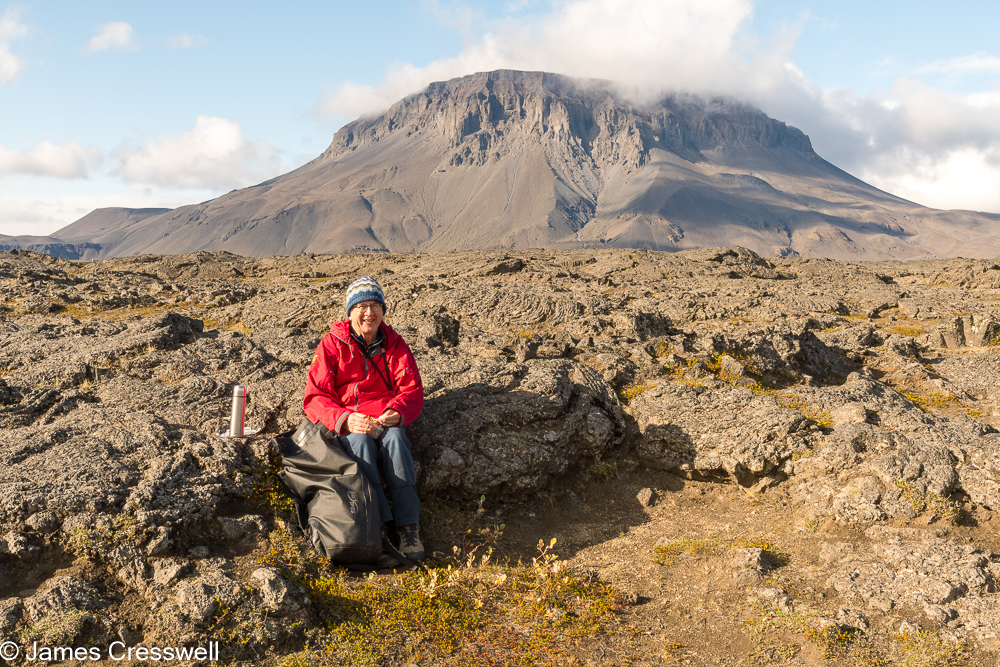
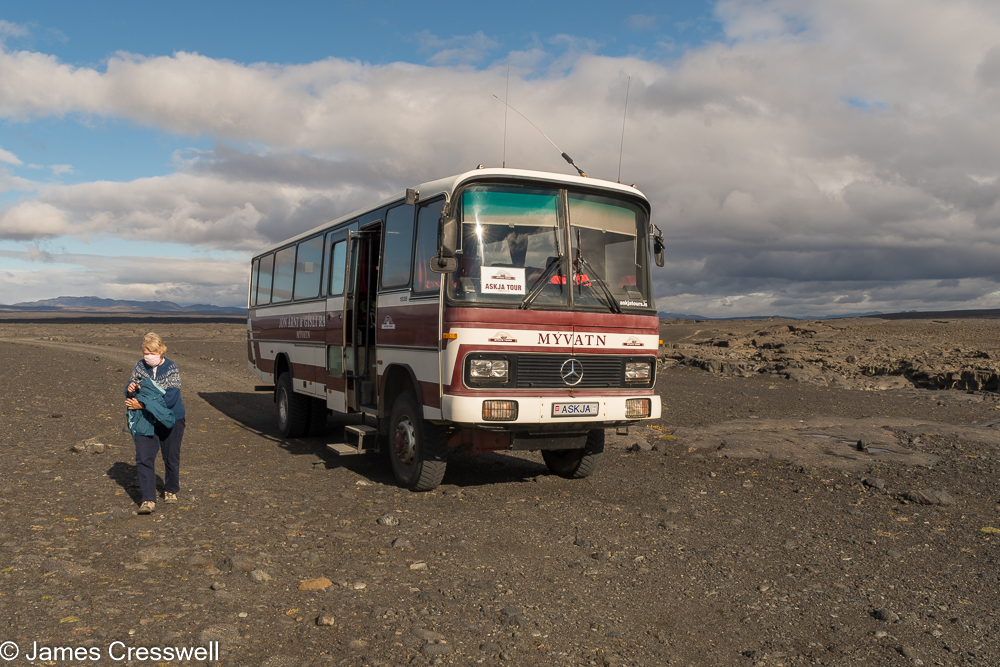




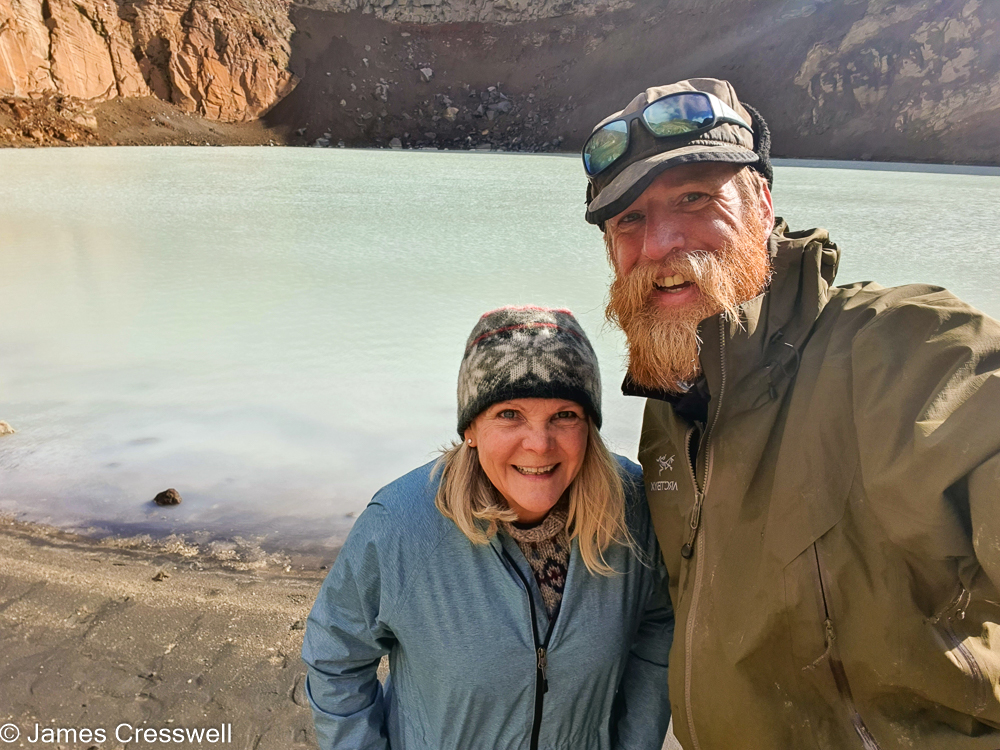

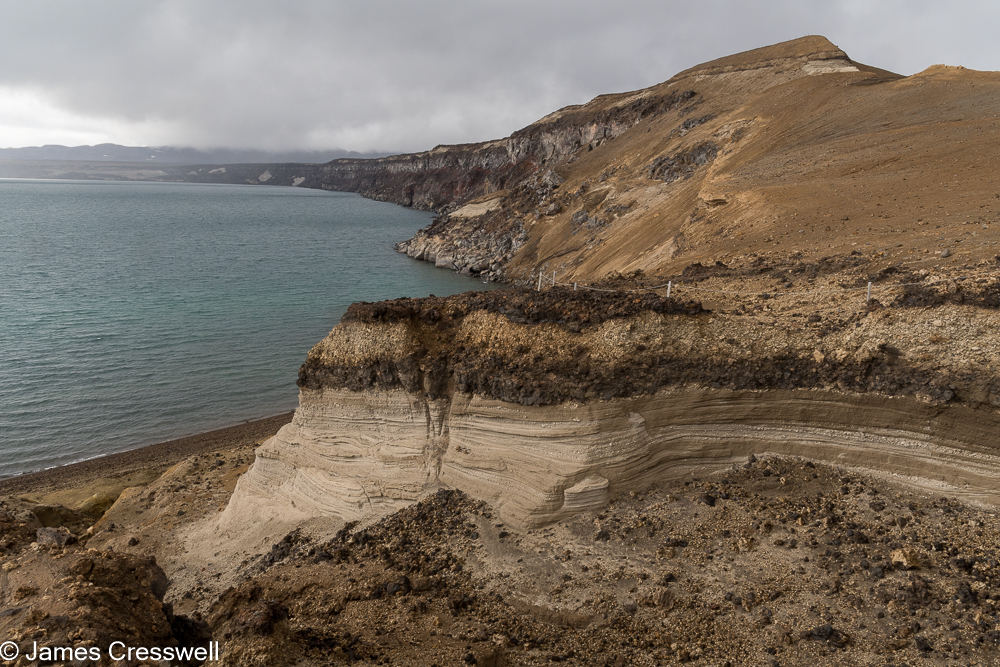



Day seven
We had a wonderful day today in the volcanic ‘Eldarado’ of Mývatn; so much to see in such a small area! Highlights included the Hverir-Námafjall geothermal area where we saw mudpots, fumeroles and solfataras. We then visited the Krafla caldera seeing the geothermal power station, the Viti hydromagmatic crater and the 1975-84 Krafla Fires fissures. We then saw an impressive plate boundary extension fracture followed by further extension fractures at Grjótagjá, where it was possible to stand astride the fracture – not quite with one foot in each continent, but very nearly! Next we ascended Hverfjall, the largest hydromagmatic tuff cone in the world – we looked into the crater and examined pyroclastic surge deposits. Then it was on to Dimmuborgir to see how rootless cone type explosions through a lava Lake that later drained, left behind a stunning maze of lava sculptures. Then we examined some rootless cones on the shore of Lake Mývatn; these formed when lava flowed into a shallow lake or marsh causing hydromagmatic (steam) explosions. Finally en route to Akureyri we stopped at Goðafoss waterfall. A great day!










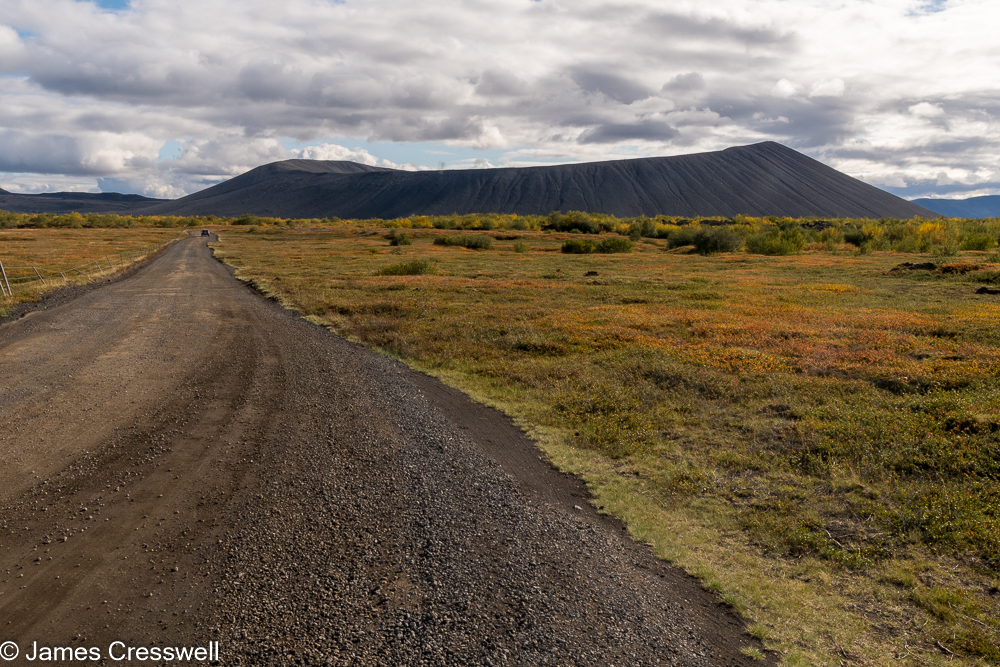
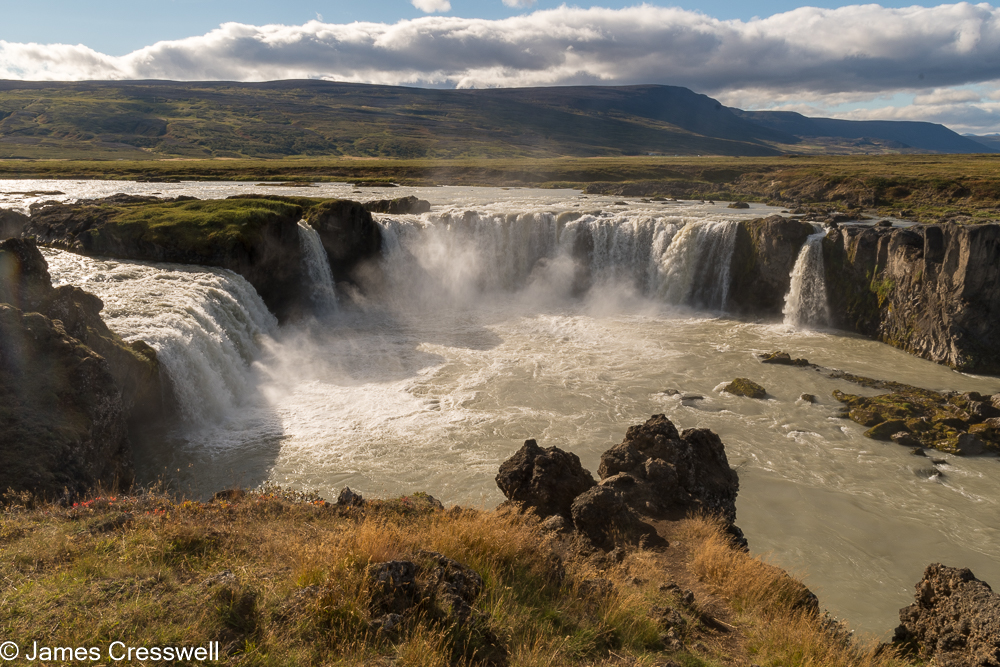

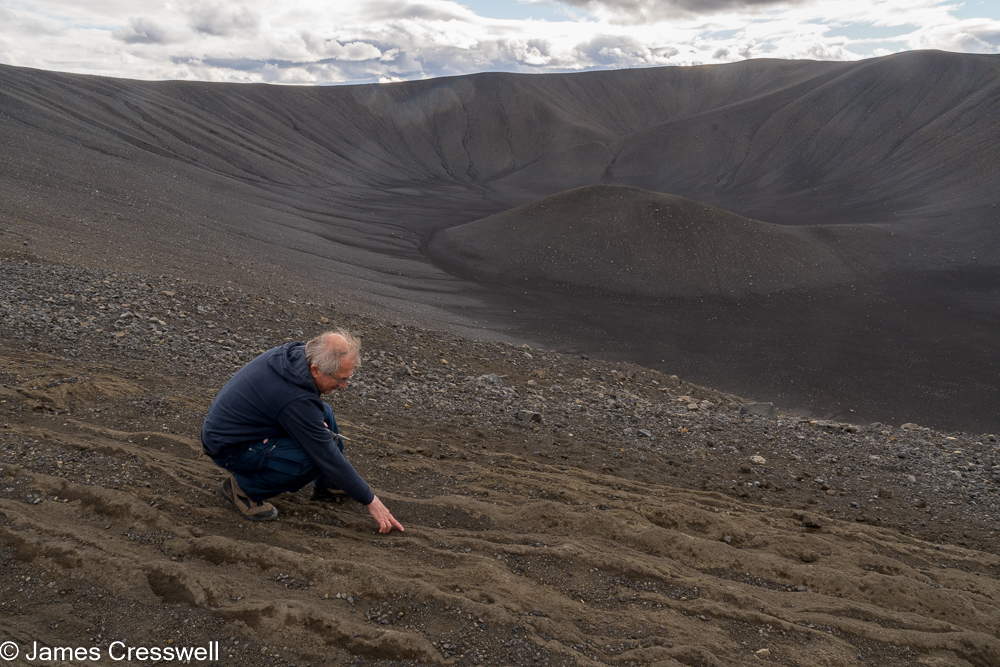


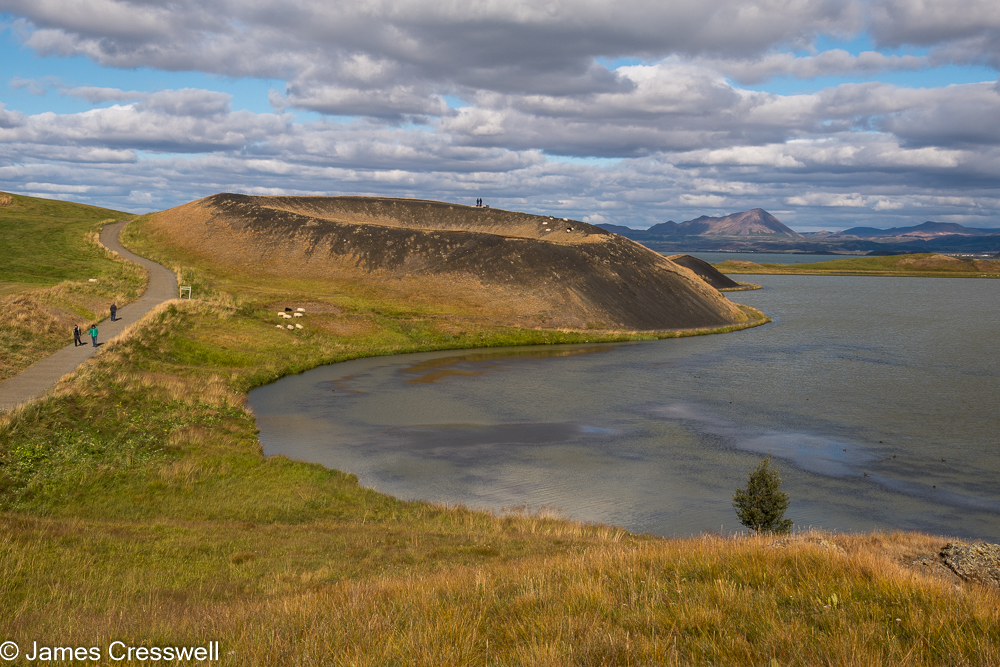
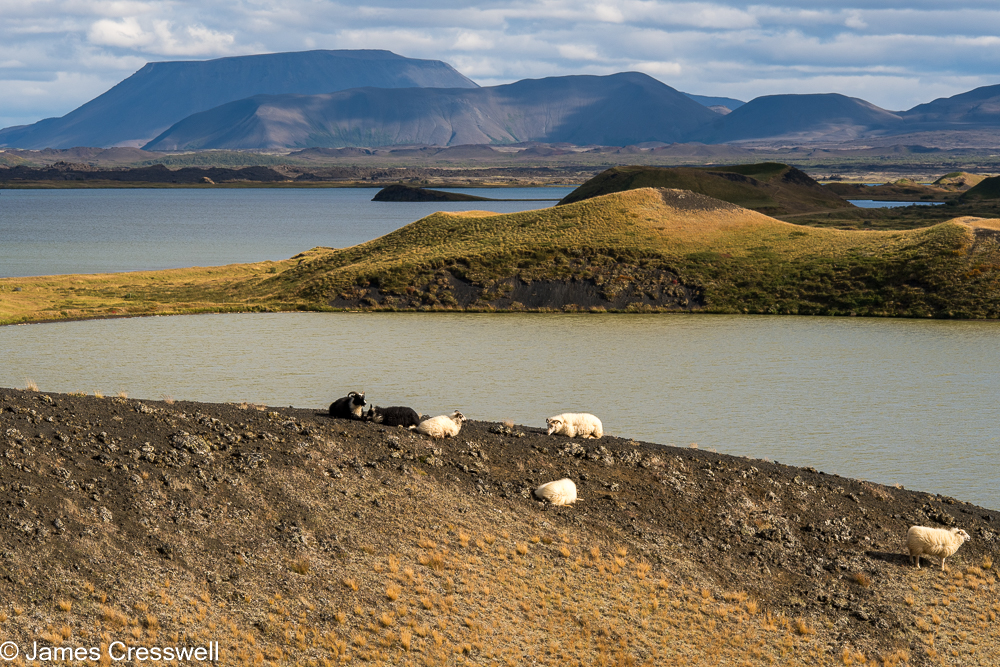
Day eight
On our final full touring day, we headed back to Reykjavik via Grábrók volcano. This is a breached cinder cone with lava flow flowing out of it. Grábrók is part of the Ljósufjöll volcanic system and is not on the present rifting zones.
We arrived back to Reykjavik, dropping the guests off at their respective hotels – time for a good night’s rest before an early start for our flights back home!
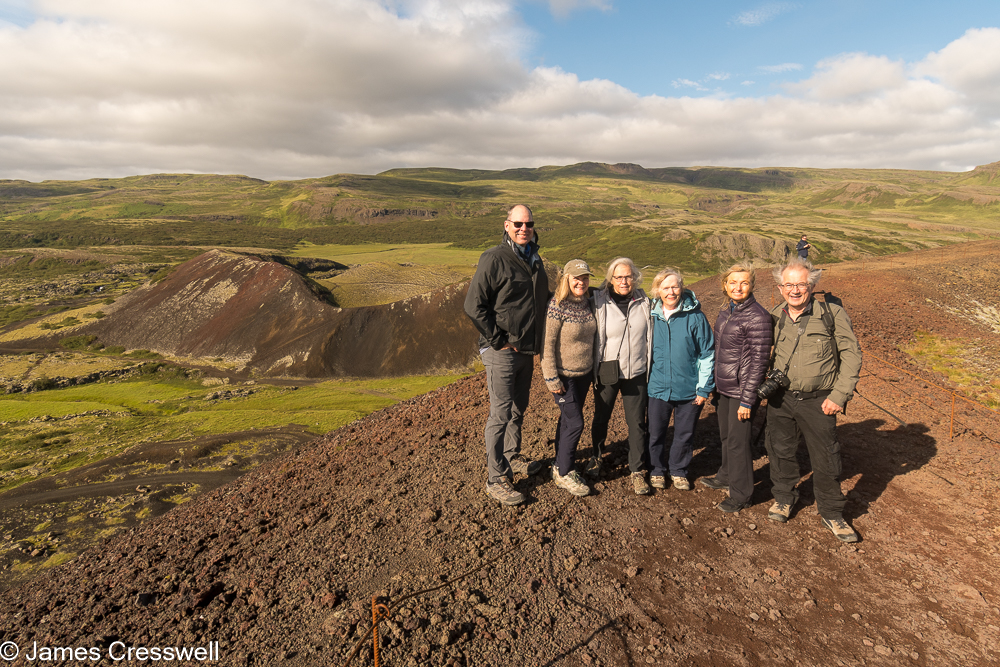
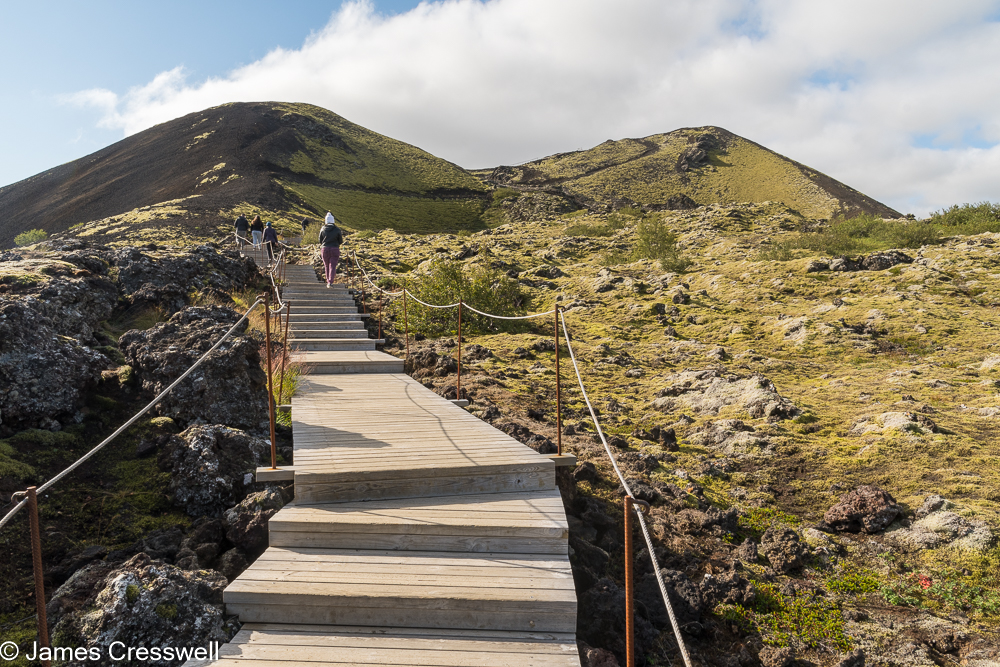



Departure
The group flew off to their respective home towns this morning, having experienced the best that Iceland has to offer. We were so fortunate to be able to experience the Fagradalsfjall volcano this time around as an added extra – the icing on a geological cake! Who knows, maybe it will still be erupting next September for our 2022 Iceland trip…
If you would like to join us next year (itinerary & dates: https://www.geoworldtravel.com/Iceland.php) , please get in touch!


1 Comment